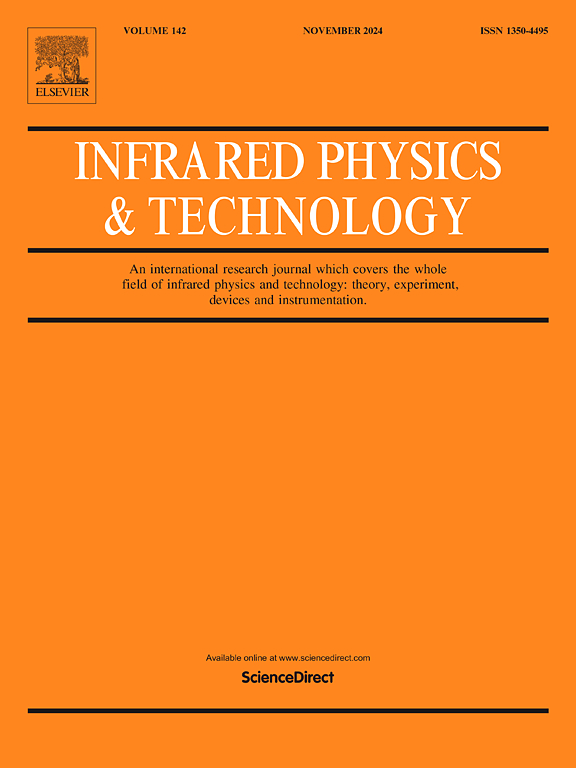A REBPNet-based IR radiometric calibration method considering ambient temperature change
IF 3.1
3区 物理与天体物理
Q2 INSTRUMENTS & INSTRUMENTATION
引用次数: 0
Abstract
Considering the calibration problems of the gray-level drift, complicated calibration procedures, numerous calibration points and high time cost in the infrared radiation measurement system when the ambient temperature changes, a REBPNet-based IR radiometric calibration method is proposed. Firstly, a unified database is generated by integrating ambient temperature compensation coefficient, different gray-level images, neutral density attenuators, integration times, and theoretical radiations under the deduced infrared physical model. Then, the calibration coefficients are automatically learned through the relative error backward propagation network. Furthermore, a multi-stage learning strategy is provided for the training of the complex calibration models, including the segmented training database and the learning rate setting rule. Finally, the radiometric calibration experiments are performed on an infrared radiation measurement system. Results show that the method is effective in improving the calibration accuracy when the ambient temperature changes. Additionally, the method is capable of measuring the internal stray radiation and its drift of the optical system and attenuators.
求助全文
约1分钟内获得全文
求助全文
来源期刊
CiteScore
5.70
自引率
12.10%
发文量
400
审稿时长
67 days
期刊介绍:
The Journal covers the entire field of infrared physics and technology: theory, experiment, application, devices and instrumentation. Infrared'' is defined as covering the near, mid and far infrared (terahertz) regions from 0.75um (750nm) to 1mm (300GHz.) Submissions in the 300GHz to 100GHz region may be accepted at the editors discretion if their content is relevant to shorter wavelengths. Submissions must be primarily concerned with and directly relevant to this spectral region.
Its core topics can be summarized as the generation, propagation and detection, of infrared radiation; the associated optics, materials and devices; and its use in all fields of science, industry, engineering and medicine.
Infrared techniques occur in many different fields, notably spectroscopy and interferometry; material characterization and processing; atmospheric physics, astronomy and space research. Scientific aspects include lasers, quantum optics, quantum electronics, image processing and semiconductor physics. Some important applications are medical diagnostics and treatment, industrial inspection and environmental monitoring.

 求助内容:
求助内容: 应助结果提醒方式:
应助结果提醒方式:


